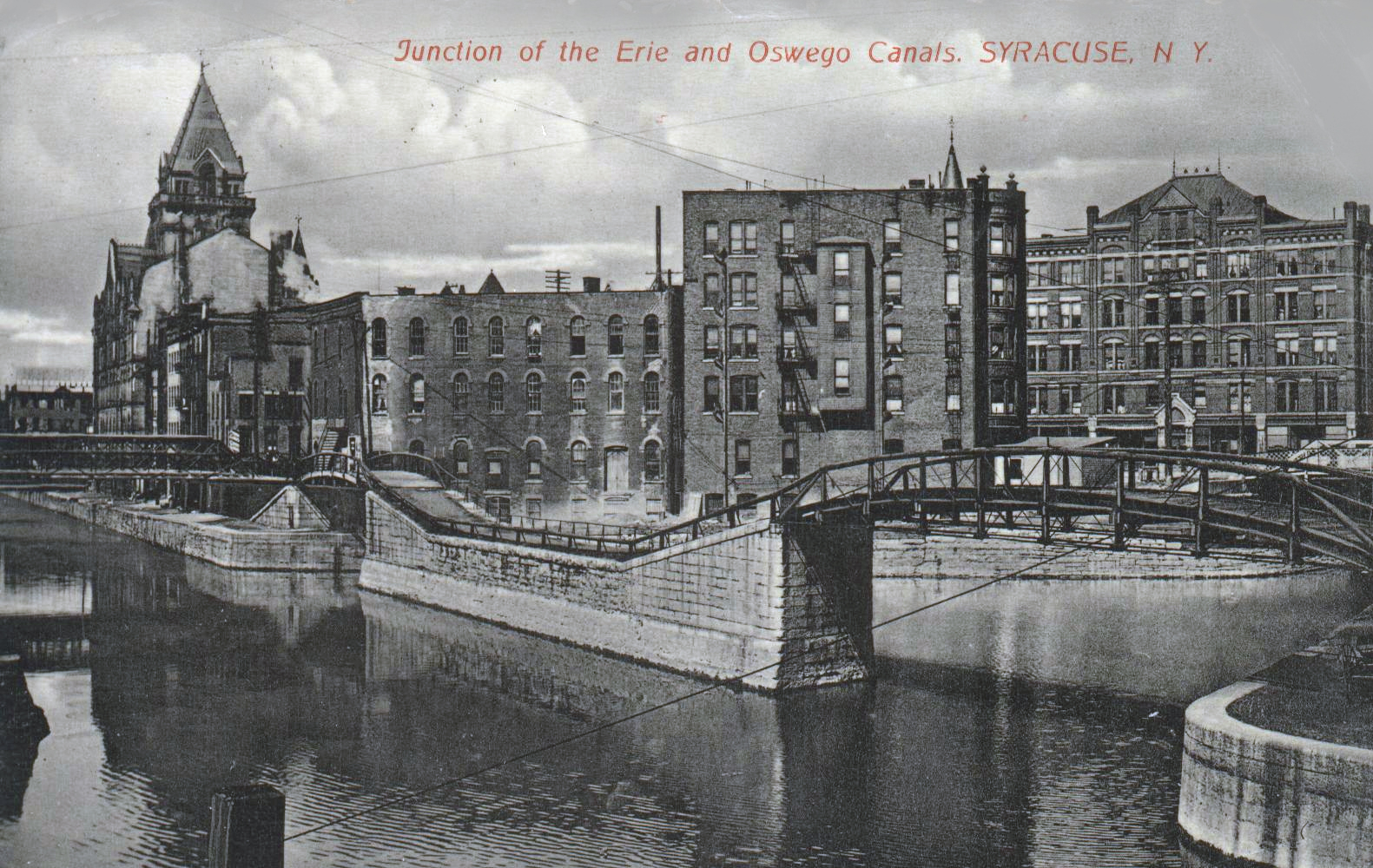
On August 20th, 1841, a fire broke out in the carpenter shop of Charles Goings, which stood near the Oswego Canal, along what is known today as Willow Street. The village’s volunteer fire companies rushed to the scene along with hundreds of spectators drawn by the excitement. But unknown to all, a gunpowder consignment, owned by William Malcolm and Albert A. Hudson totaling 625 pounds in 27 kegs, was secretly stored in Goings’ shop. Within a few minutes, as the firemen were starting their hoses, an explosion ripped the through night, heard as far as 26 miles away. Wooden pieces of the building became missiles and bystanders were blown into the canal burying. Twenty-five people were killed immediately, with 60 more injured, and many buried beneath the debris.
A few days later, on August 23rd, 1841, the New York Herald released this article:
Another dreadful calamity – Terrible Explosion at Syracuse – Thirty Lives List, Fifty Wounded
We have to chronicle another awful calamity by which upwards of thirty persons have been killed and fifty seriously wounded. We learned that last Friday night a fire broke out at Syracuse in a carpenter’s shop near the Oswego Canal. It spread with great rapidity and the building was soon enveloped in flames. Crowds of citizens flocked to the scene, and soon after a great number had collected, a barrel of gunpowder which had been placed in the shop, exploded, and sent death and destruction all around.
As near as could be ascertained, upwards of thirty persons were killed outright, and no less than fifty wounded, some very seriously, and perhaps fatally. From ten to fifteen were so mangled and cut to pieces that it was impossible to recognize them. Every exertion was immediately made to relieve the sufferers. Expresses were started to Auburn and other places in the vicinity for medial and other aid.

